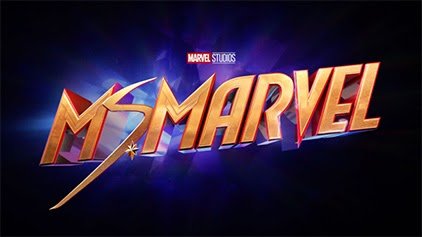For Marvel Cinematic
Universe (MCU) ‘superhero’ has a standard definition. They are intelligent, sedulous,
good looking, sacrificing, male, white and the hope of humanity. The conception
is so immutable that even though recently there have been number of female
characters portraying such characters, we still don’t have a word for female
super’hero’? Merriam
Webster says it is ‘superheroine’, as it logically should be.
But it hasn’t really caught up and also it does not have that ‘superhero
waali feeling’ as is also the case with ‘superhuman’, which misses the
concept of ‘protagonist’ altogether. Even the storyline of these superhero
movies is quite standard. A city in the US is in danger. It falls in the hands
of a superhero, as defined above, to save millions of lives because it is his
destiny to do so. A fight ensues between the superhero and the villain amongst the
high-rise buildings of a metropolitan American city. It is the fantasy story of
an ordinary westerner which is sugar-coated in Hollywood style moviemaking. It
is the cultural hegemony of the West. Pretty usual you see. It’s is not really
the brown girls from Jersey City who save the world.
However, MCU has recently
added a new superhero to its offerings. Ms. Marvel premiered on Disney+ Hotstar
on 8th June and it is different. For starters, the show is about the
life of a female superhero/ superheroine- Kamala Khan, a Muslim and
Pakistani-American teen living in the city of New Jersey. Kamala is a Marvel
superhero fan with colossal imagination. However, the real difference in Ms.
Marvel lies in breaking the cultural monopoly of the West in the MCU.
The storyline of the show
is distinctly South Asian which deals the concept of ‘DJINNS’ which is a
strictly Arabian-Islamic notion which has no roots in the West. The idea is so
South Asian that Farhan Akhtar, in the show, remarks that “if Thor landed in
the Himalayan mountains, he too would have been called a Djinn”. Moreover,
it is refreshing to listen to the tunes of Ritviz’s ‘Sage’, and the latest Pakistani
hit ‘Pasoori’ in the middle of a MCU show and Memba’s ‘For Aisha’ during the
end credits. The discussion on the greatest movie of Shahrukh Khan out of
Baazigar and DDLJ just brings the show closer to the imagination of an ordinary
South Asian. Interestingly, in the fourth episode the story has shifted from
the US to Karachi, Pakistan and considerable time was given to depiction of
India-Pakistan partition. Hopefully, the theme of partition and the turmoil and
unrest associated therewith would be further developed in the upcoming episodes.
While the issue of gender
diversity and racial diversity are frequently discussed in much detail, the
issue of cultural diversity is often ignored. Cultural stereotypes are so
subtle that they are not even perceptible to be pointed in a write up until it
is shown that there is an alternative of the hegemony. This is precisely what
Ms. Marvel does in the MCU.
This break in the
cultural hegemony of the West in the MCU and inclusion of South Asian cultural
elements is a long-overdue step. MCU is the biggest and the highest
grossing movie franchise in the world as of 2022. Lately, MCU
has come up with shows like Shang-Chi and Moon Knight in a bid to increase its
diversity and reflect the audience it caters to. MCU has minted an enormous
amount of revenue in South Asia and has a huge fan base here. India is one of
the biggest contributors to MCU’s box office collection. It is only just that
MCU also gives space to a few brown superheroes and superheroines and their
unrepresented culture on the global stage. Ms. Marvel makes the Marvel
Cinematic Universe a more diverse universe.


_logo.jpeg)